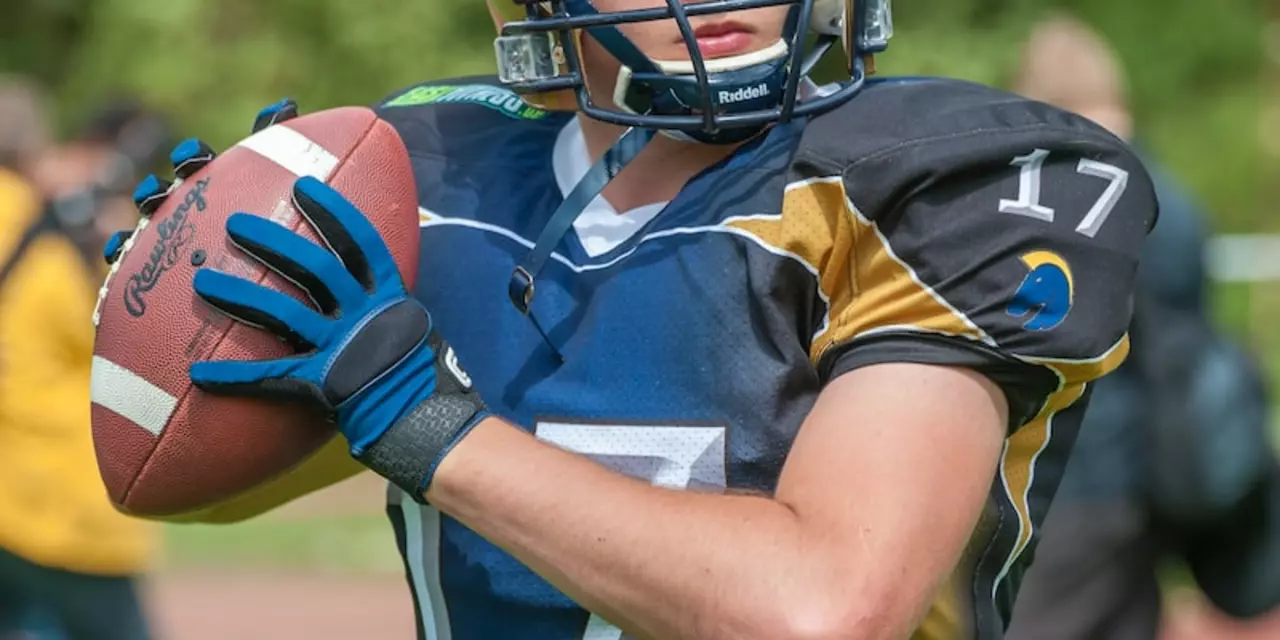Basketball Cost: A Practical Breakdown for Players and Fans
If you love basketball but worry about the price tag, you’re not alone. From a pair of sneakers to a season ticket, every expense adds up. The good news is you can control many of those costs with smart choices. Below you’ll see the biggest money items, why they matter, and tips to keep your wallet happy while you enjoy the game.
Gear and Equipment Costs
Most players start with shoes, a ball, and a jersey. A decent pair of court shoes runs between £50 and £120, but you can often find sales that shave off 30% or more. Look for last‑season models – they have the same tech but a lower price. A good practice ball costs about £15‑£25; buying a set of two lets you rotate and extend the life of each. Jerseys can be pricey if you order custom names, so stick with the standard team tee until you’re sure you need the upgrade.
Beyond basics, consider protective gear. An ankle brace or knee pad costs roughly £20‑£35 and can save you from injuries that are far more costly in the long run. If you play on outdoor courts, a durable shoe with extra grip is worth the extra £20 because it lasts longer and reduces the chance of slipping.
Training and Play Costs
Coaching fees are the next big line item. A weekly group session at a local club often costs £10‑£15 per hour, while private one‑on‑one lessons can be £30‑£45. If you’re just starting out, group sessions give you the basics without breaking the bank. Many clubs also offer discounted packages – a ten‑session bundle usually saves you 15% compared with pay‑as‑you‑go.
League fees vary by age group and region. Junior leagues typically charge a registration fee of £30‑£60 per season, while adult amateur leagues may be £50‑£80. Some community centres waive the fee if you bring a sponsor or volunteer a few hours. Always ask about early‑bird discounts – signing up before the season starts can cut 10% off the total.
Watching games isn’t free either. A single NBA or EuroLeague ticket can run £30‑£70, but local UK basketball matches often cost under £15. If you’re a regular fan, look for season tickets or loyalty cards that give you a discount after a few games. And don’t forget travel – car‑pooling with friends can shave off fuel costs and make the trip more fun.
Finally, factor in hidden costs like nutrition, gym memberships, or replacement gear after a season. Setting a monthly budget and tracking each expense helps you spot where you spend too much. Small adjustments – buying a reusable water bottle instead of disposable ones, or using a community gym for strength work – can add up to big savings over a year.
Bottom line: basketball doesn’t have to drain your bank account. By planning for gear, choosing the right coaching option, and hunting for discounts on tickets and fees, you can stay in the game without stressing over money. Ready to get started? Grab a budget sheet, pick one area to cut back, and enjoy the sport you love.
Why is there such a wide range in ticket prices in college sports?
College sports ticket prices can vary drastically depending on the team, type of event, and seating location. Factors such as the popularity of the team, the size of the venue, and the demand for tickets can all contribute to the wide range of prices. Quality of the opponent, the location of the game, and the date of the event can also affect the cost of the tickets. With so many factors influencing the cost, ticket prices can vary from a few dollars to hundreds of dollars. Ultimately, sports fans must weigh the cost of attending a game against the value of the experience.
read more
